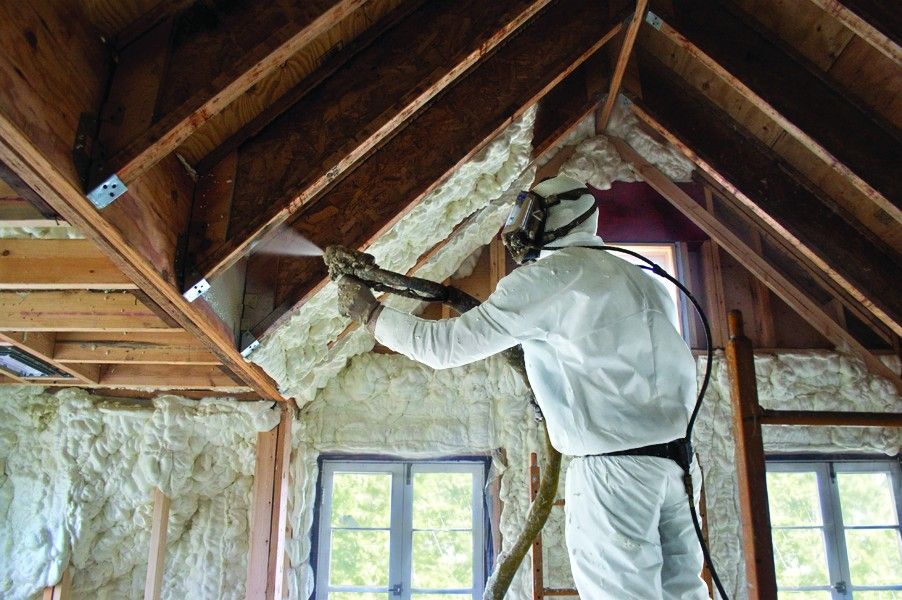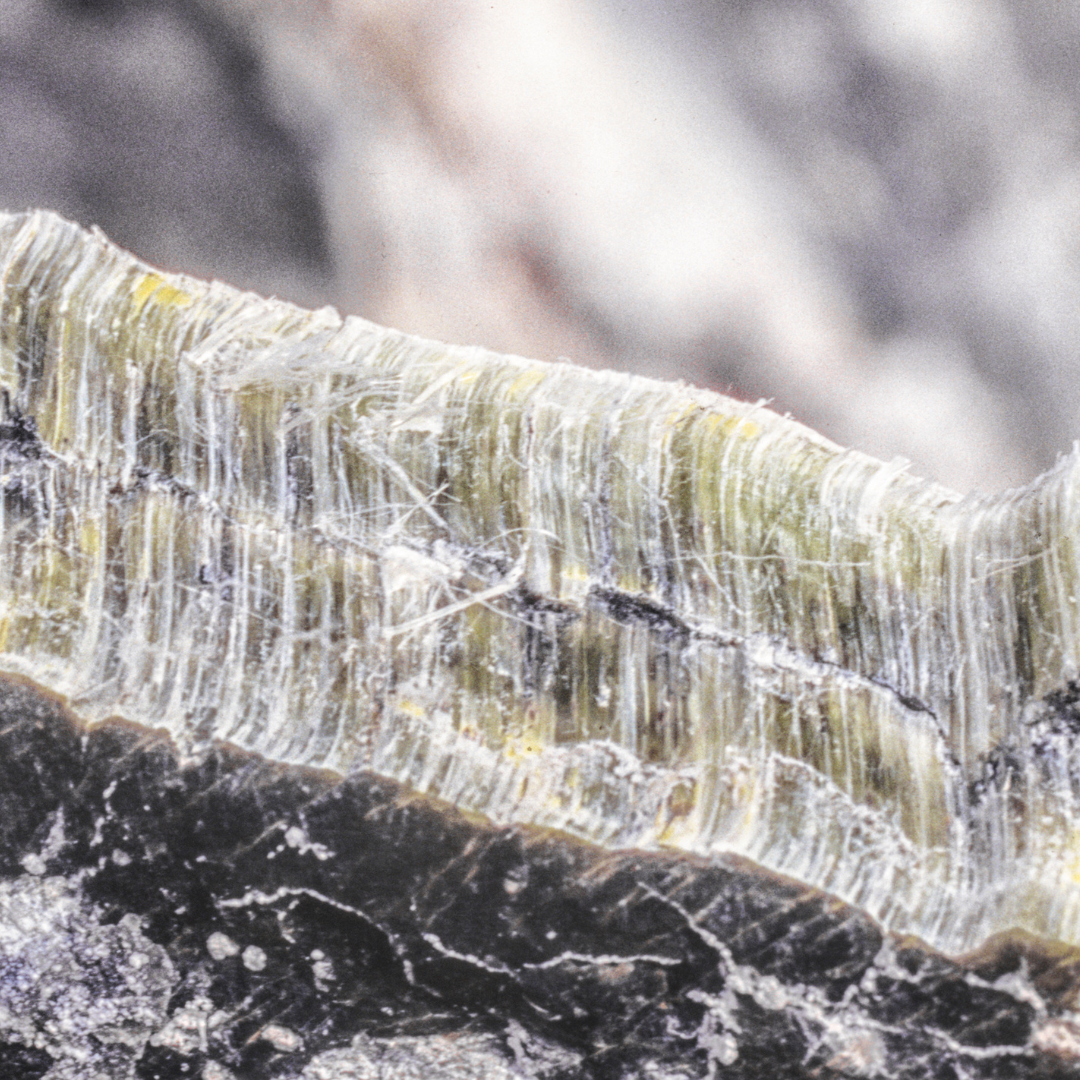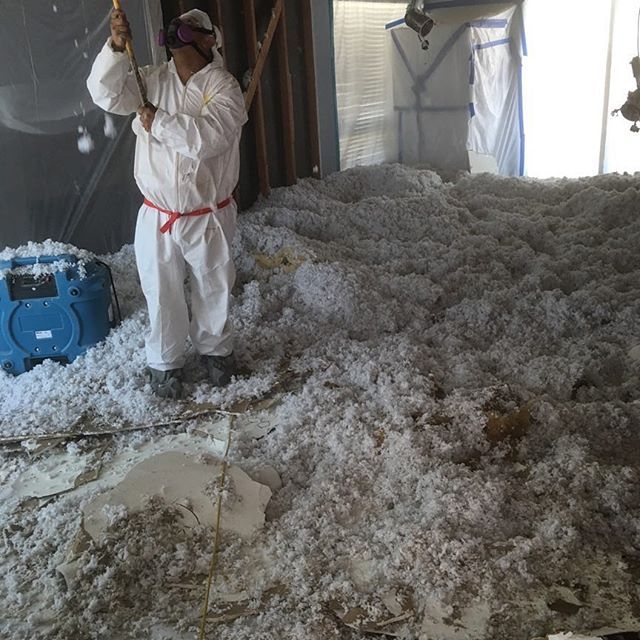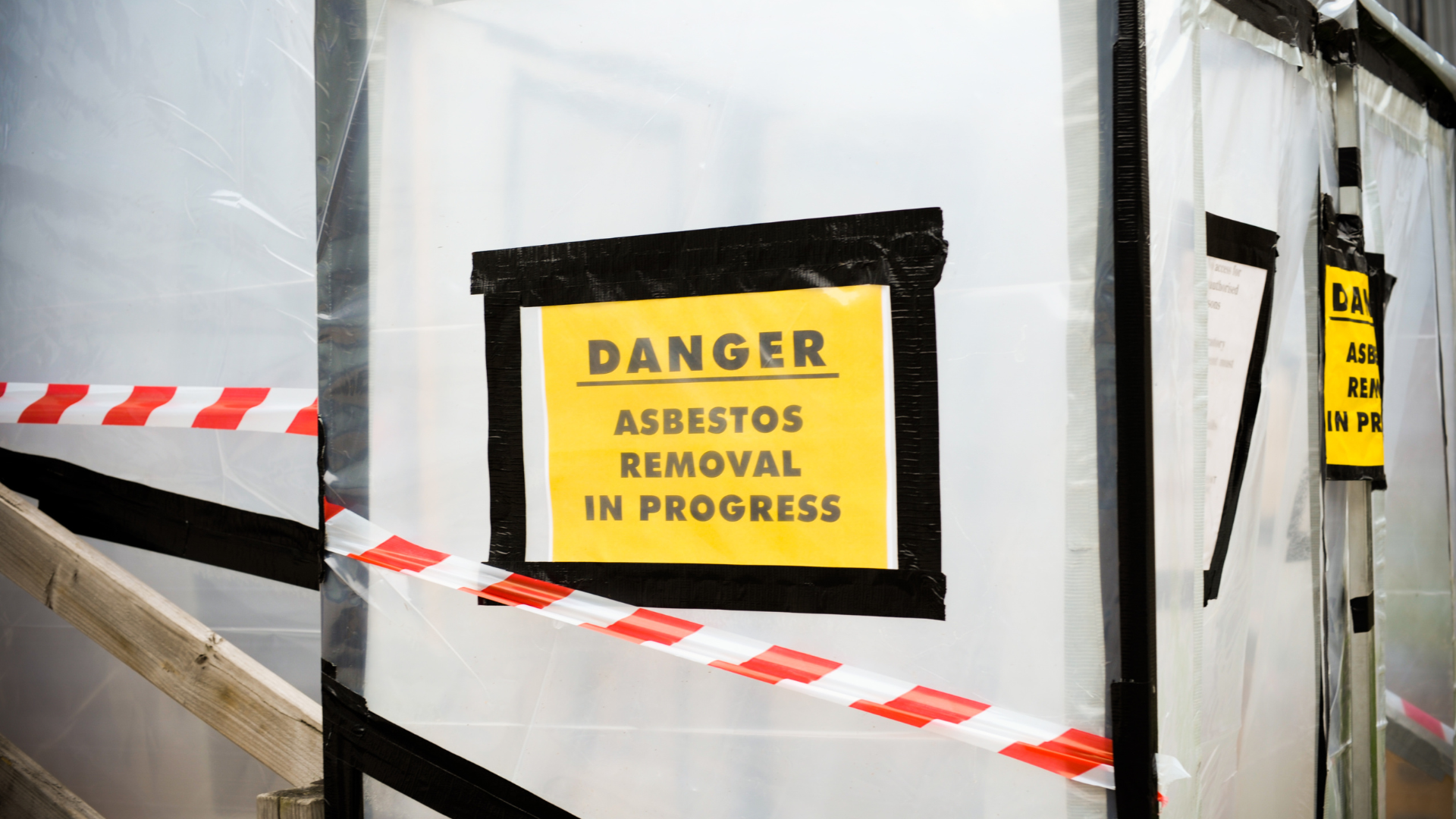
Asbestos Abatement Restoration
Asbestos Abatement Restoration

Asbestos Abatement restoration
Have you ever walked into an old, dusty attic and felt a shiver run down your spine? Not from the eeriness of it but because you’re standing in a potential minefield of asbestos abatement. It’s hidden within those innocent-looking floor tiles or roof insulation.
This is not just about spring cleaning, folks; we’re talking severe health risks here. From asbestosis to lung cancer – asbestos doesn’t play nice. But don’t let fear cloud your judgment; knowledge can be our greatest ally.
In this journey, we’ll learn how to identify suspect materials lurking in our homes and offices. We’ll uncover why professional removal isn’t just recommended – it’s essential for safety! And if you’ve ever wondered what equipment these brave workers use or the legalities around asbestos management… buckle up!
It is continuously evolving and expanding, opening new doors for endless possibilities. This constant change propels us towards an exciting future full of promise.
Understanding the Dangers of Asbestos
Asbestos exposure can lead to serious health risks. When disturbed, these hazardous asbestos particles can be dispersed into the atmosphere, and if inhaled, they become lodged in your respiratory system.
This exposure has been linked to lung cancer and other severe respiratory diseases. Mesothelioma is a type of lung cancer associated explicitly with asbestos exposure.
Every year, about 3,000 people are diagnosed with mesothelioma in the U.S., according to American Cancer Society data. But it doesn’t stop there; an estimated 10,000 individuals die annually from conditions related to this public health issue.
The Health Impact of Asbestos Exposure
The real danger lies in microscopic particles you cannot see or smell. These minuscule toxic intruders infiltrate our bodies without us knowing until symptoms start appearing years later.
Diseases like asbestosis – a chronic illness affecting lung tissues – take hold over time, leading to breathing difficulties and often heart failure. Then there’s pleural thickening, where layers around your lungs thicken, causing chest pain and breathlessness due to its constrictive nature on your vital organs.
No exposure is safe, but more contact means higher risk levels for developing illnesses tied directly to this harmful substance, so we must remain vigilant while handling materials containing trace amounts.


Identifying Asbestos-Containing Materials in Buildings
The challenge with asbestos is that it’s often hidden in plain sight. Common building materials like wallboards, floor tiles, roofing, siding shingles, and construction mastics can contain this toxic substance.
This issue becomes even more crucial when dealing with buildings constructed before 1980. The reason? Back then, builders were big fans of asbestos due to its heat resistance and insulating properties.
The Environmental Protection Agency (EPA) has detailed fact sheets on common asbestos-containing materials you may encounter in older public buildings or homes. If you suspect the presence of these materials – be alert.
To confirm whether a material contains asbestos or not isn’t something you can determine just by looking at it – lab testing is needed for definitive results. An accredited laboratory would use polarized light microscopy (PLM) techniques to accurately identify any present asbestos fibers.
Don’t play guessing games if you’re planning renovations or demolition services on your property built before 1980. Let professionals handle this potentially dangerous task to ensure safety.
Hiring an Abatement Company Can Be Your Safest Bet :
An experienced abatement company will know exactly how to handle suspect asbestos-containing material safely without risking health hazards. They have everything covered, from work area preparation to waste disposal after removal work.
Remember – letting pros tackle the job helps prevent unnecessary exposure risks and keeps building occupants safe from the potential dangers of asbestos.
The Importance of Professional Asbestos Abatement
A professional abatement company can be your greatest ally when dealing with asbestos. These companies specialize in the safe removal or encapsulation of asbestos-containing materials. They follow strict safety regulations to protect building occupants and their workers.
Let’s consider what happens if damaged asbestos-containing materials aren’t properly removed.
The danger lies in releasing toxic asbestos dust or raw materials into the air, which can endanger lives.
Steps Involved in Professional Asbestos Abatement
A licensed abatement contractor starts by identifying potential areas containing asbestos. This step is critical as not all buildings have these harmful substances, especially those constructed after 1980 when stricter environmental protection laws were implemented.
In older structures, though, common locations include floor tiles and siding shingles. Once identified, work area preparation begins to remove or encapsulate the material based on its condition and location within the structure.
This meticulous process ensures minimal disruption while protecting everyone involved from exposure to airborne fibers during abatement activities.


Different Classes of Asbestos Work
Asbestos abatement is not straightforward; it’s divided into distinct categories, each necessitating specialized safety protocols and know-how.
It’s classified into different levels, requiring unique safety measures and expertise.
The Role of Air Quality Monitoring in Asbestos Abatement
Monitoring air quality is an essential part of asbestos abatement. It’s like the umpire at a baseball game, ensuring fair play and safety for all involved. In our case, it protects workers and building occupants from harmful asbestos fibers.
A key component of this monitoring process is air sampling. Think of it as fishing out clues about invisible threats. But instead of catching fish, we’re looking to catch toxic particles floating around.
Legal Requirements for Asbestos Abatement
Becoming familiar with some particular regulations may be necessary. This is especially true if your property was constructed before 1980 and may harbor asbestos-containing materials.
Before construction or demolition, A DEP-certified investigator must perform an asbestos survey.
The reason behind this strict regulation? To abate asbestos-related health risks. Federal laws also back these efforts as they recognize the dangers of microscopic toxic asbestos fibers when disturbed during renovation or demolition activities.
The process doesn’t stop at identification, though. Professional intervention is needed if your property contains common asbestos-containing elements like siding shingles or floor tiles. A licensed and certified abatement contractor will take over from here.
A professional abatement company, like MT Hood Restoration, adheres strictly to safety measures while performing their duties, including removal work area preparation and containment under negative air pressure using high-efficiency particulate air (HEPA) filtration units, among other steps.


